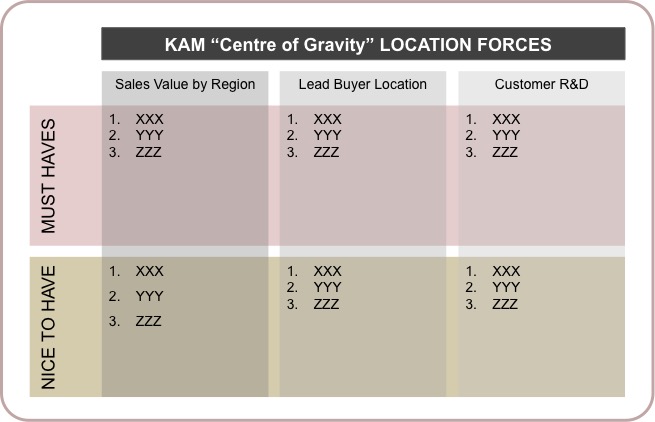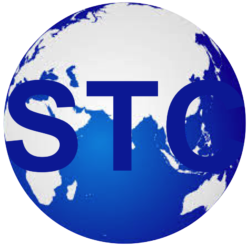Introduction
Suppliers are faced with a more and more complex problem concerning how they manage their commercial relations with their customers. Customers have demands at both a global level and a local level, that within a group organisation need to be managed and coordinated appropriately.
The Key Account Manager Organisations that STC builds for its clients are designed to ensure customer satisfaction and at the same time ensure that the clients company is well defended.
Process
The approach that STC uses to structure these projects follows four phases.
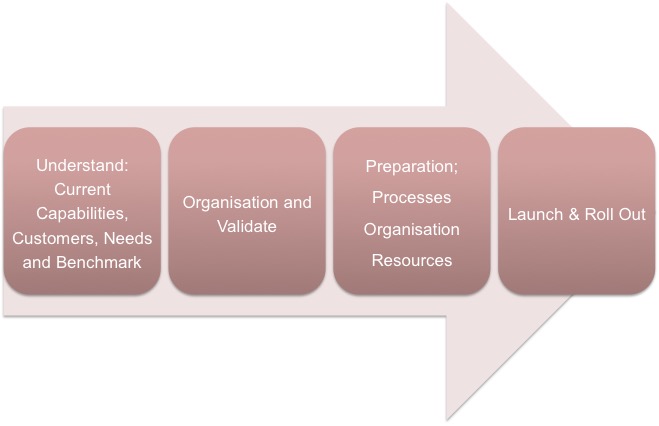
Some of the key topics that would be addressed in a Key Account Manager project include:
- Technological Product Positioning
- Grouping Tier1’s and OEMS
- OEM Purchasing and Engineering Strategy
- Customer Profiling
- Matrix Management
- KAM Location
Technological Product Positioning
In large groups, often a range of technologies will be produced, products sold on technology and others as commodities. Their tactical separation at the KAM level can reduce client leverage and margin erosion.
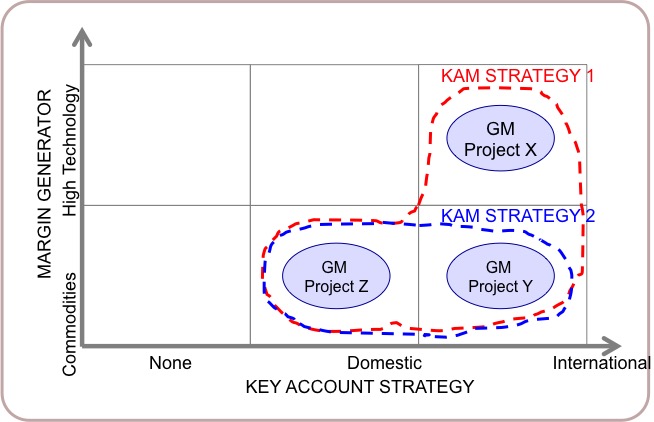
Grouping Tier1’s and OEMS
Understanding the complete value chain, particularly when dealing with both Tier 1 and OE clients can be particularly important for example in the case of imposed suppliers or technically critical inter-related parts.
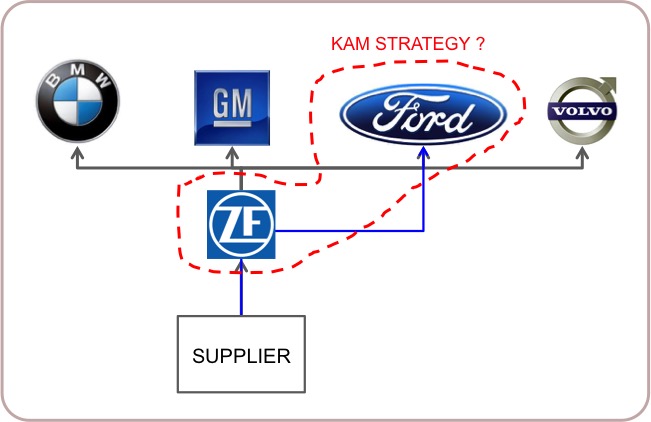
OEM Purchasing and Engineering Strategy
The clients will segment and group their purchases in different ways. In light of this how you respond with your KAM organisation, client by client will be important. Indeed, in certain cases particularly when selling a range of technologies or products you can tactically organise your KAM strategy.
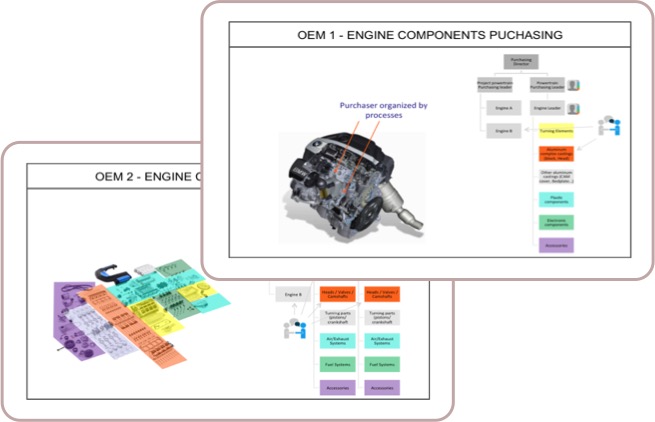
Customer Profiling
The different customers, either OE or Tier 1 will have different expectation of the KAM. In some cases a customer will expect strong technical skills. In some cases the environment may be highly political. Understand all these points will contribute to the profile of the person to fill the KAM role.
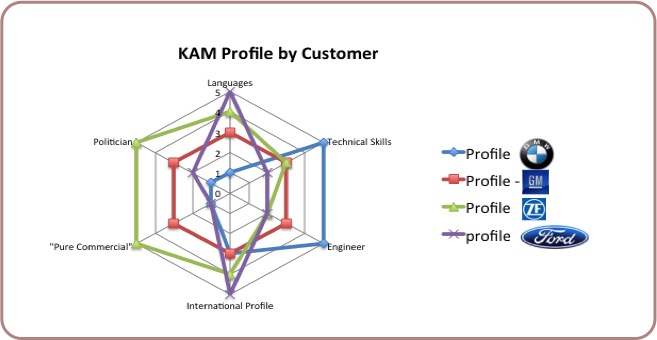
Matrix Management
The company may have already established its manufacturing and other organisations, perhaps by region or product line or a combination of both. The strategy of the client, perceived through the KAM organisation may complement or conflict with these organisations. In all cases it should have an influence.
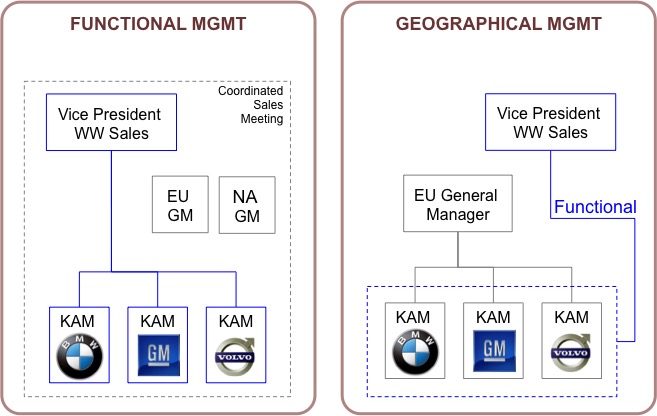
KAM Location
Considering the complexity of the Global Organisation of the clients, Central Engineering for World Wide Platforms, decentralised or centralised purchasing organisations, the needs of the clients are numerous. Coupled to this the constraints and needs within the supplier, the “geographical” location of the KAM has to be analysed carefully.
